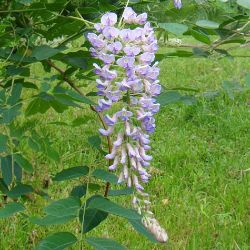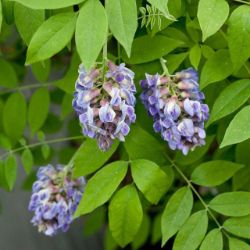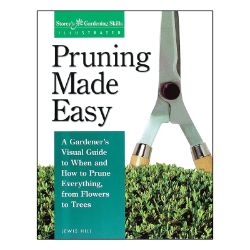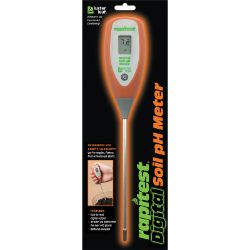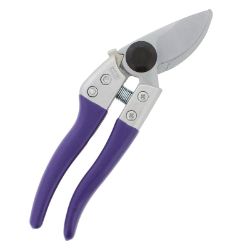Pruning Wisteria
Pruning your perennials can provide several benefits: improved flower quality, better plant health, and shaping/size maintenance.
NOTE: This is part 8 in a series of 11 articles. For a complete background on how to grow wisteria, we recommend starting from the beginning.
Pruning Tips
- When pruning phlox, wait until they finish flowering (usually late spring) to schedule any trimming, so flower buds are not cut off. Shear the tips of the stems 1 to 3 inches across the mat of phlox, so what remains has a smooth shape and texture. Brush away the trimming with a brushing or sweeping motion with your hands.
- It’s unnecessary to prune Lily of the Valley, as it tends to go dormant or die back in late summer or early fall. To maintain vigorous growth and flower production, you will want to divide these plants every five years.
Dividing Plants
Most perennials need to be divided to maintain vigor and maximum flower production. Plants that bloom from mid-summer to fall are best divided in the early spring, before new growth begins, and ones that bloom in the spring or early summer should be divided in the fall, immediately after flowering.
- Dig around and under the entire plant and carefully lift from soil, try not to damage roots anymore than you have to.
- Divide by carefully breaking apart by hand or a sharp knife.
- Divide in such a way that each new division has three to four buds (eyes) that will produce new shoots.
- Replant as soon as possible.













